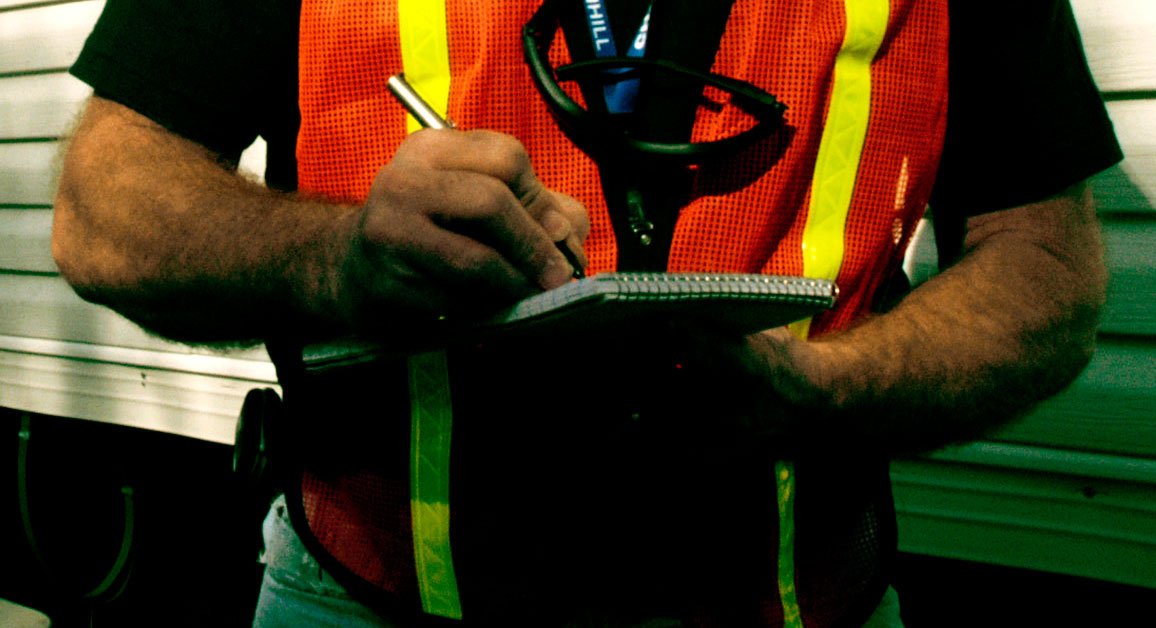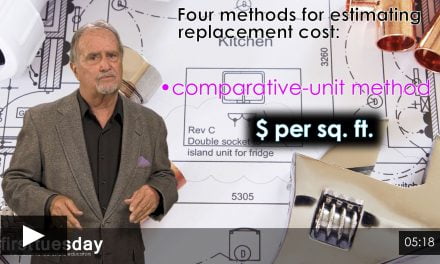This article covers need-to-know termite topics for California real estate agents, including inspections, forms and customs.
Termites: perhaps a homeowner’s worst nightmare, these wood-boring insects can infest and ruin a home. Their untimely discovery can derail a home sale or leave a homebuyer in deep regret.
What can real estate agents do to ensure a smooth home sale when termite activity has been present on the property? Read on for the rules, customs and the forms involved.
Termites and the home sale
Termite inspections are not required in California, nor are they customary in all regions. However, forward-looking buyers and sellers will order a termite inspection to ensure problems won’t be discovered when it’s too late.
The results of the termite inspection are delivered by the termite inspector with a form called a structural pest control report (SPC).
SPCs are not required in California and many lenders do not require this type of disclosure. In contrast, the Natural Hazard Disclosure (NHD) and the Transfer Disclosure Statement (TDS) both need to be delivered to the homebuyer purchasing a one-to-four unit residential property. [Calif. Civil Code §§1102(a), 1102.3; see RPI Form 304]
One potential exception exists for mortgages insured by the Federal Housing Administration (FHA), which requires an SPC inspection and report only when:
- SPC inspections are custom for the area;
- an active infestation is observed on the property;
- it’s mandated by state or local law; or
- it’s called for by the lender. [HUD Mortgagee Letter 05-48]
Lender and statutory requirements aside, homebuyers are always able to include a termite inspection contingency in their purchase agreement. If the seller refuses to cover a termite inspection, a prudent buyer will pay for their own termite inspection of the property, along with a regular home inspection.
Termite inspectors
Buyers can investigate the property they are considering purchasing by searching for the property on California’s Structural Pest Control Board website. If the property has been inspected within the last two years it will show up in the system and the buyer may submit a request to obtain the results of the report.
However, this process may take a while, usually well beyond the typical due diligence period included in most purchase agreements. Therefore, ordering a new SPC inspection is most prudent when faced with a deadline.
Agents ought to become familiar with a few trusted termite inspectors or inspection companies so they can make recommendations. Agents and consumers can look up licensees here.
While no substitute for an official inspection, agents and their clients can keep an eye out for these signs of a termite infestation:
- sawdust piles near wood surfaces;
- dirt or mud-like trails about as thick as a pencil near exterior walls or crawl spaces;
- darkened, blistered, hollow or thinned wooden parts of the home such as windowsills; or
- swarming winged termites (sometimes confused with winged ants) in or around the property.
Read more and download an informational pamphlet at the Pest Control Board’s website, here.
Termite eradication
When termites are found in the home, the entire home will likely need to be fumigated by a licensed and registered provider. This is true even if termites are only found in a part of the home, as they may have spread undetected.
The fumigation process varies based on a number of factors but can last a few hours up to a week. All people, pets, foods and plants need to be removed. The home is tented, locked and pumped with gas that will destroy the termites. Once the fumigation company completes the job and deems it safe to enter, they will post a permanent plaque somewhere unobtrusive in the home, such as the attic or garage, stating when the home was fumigated.
Alternatively, the tented home may be heated to a degree that kills the termites. Damaged wood will be repaired or replaced.
Other, local treatments for destroying termites exist but don’t guarantee a full house eradication. These methods are still fairly invasive and involve drilling and the use of toxic pesticides, heat, cold, microwave energy or electrical current.
Subterranean termites need to receive an additional type of treatment, as they live beneath the home and in the yard, too. The mitigation expert will need to create a barrier between the home and the termites’ nest.
Termite prevention
Homeowners can take these preventative steps to avoid future termite infestations:
- store wood piles away from the home and off the ground;
- make sure siding is not touching the ground;
- do not bury scrap wood in your home’s yard;
- keep rain gutters and downspouts clean of debris, specifically branches that could attract termites;
- keep wood mulch away from the areas immediately next to the home;
- refrain from planting bushes or shrubs directly alongside the home; and
- eliminate dampness and any leaks, removing the water source for any termites.
For peace of mind, homeowners can schedule annual check-ups for their home. Some termite companies offer discounts for customers on a regular termite inspection schedule. If the inspection finds signs of termites, the good news is they will have likely caught it before too much damage has occurred. Letting potential homebuyers know the home has been regularly inspected for termites will also help make their home more attractive than other homes lacking the same disciplined schedule.



















Hi, Carrie,
Overall, a good article outlining the basics for sellers and buyers.
As a California licensed Structural Pest Control Operator in the business for about 27 years, I have personally performed thousands of Termite Inspections, along with providing the corrective work and issuing Certifications for escrows.
I did feel it was important to clarify and/or correct some details of your article. I simply hope you and your readers find it helpful.
The results of the inspection are not delivered on a form called a “Structural Pest Control Report” or “SPC.”
Look at the top of any legitimate report of this nature, and you will find it is called a “Wood Destroying Pests and Organisms Report.”
To keep it simple, it is often referred to as a “Termite Report,” and sometimes a “WDO Report.”
However, I have never seen it referred to as a “SPC” report.
On a different note, although you do discuss Subterranean Termites, it is very important to clarify that the specific species of termites for a “Fumigation” are most commonly “Drywood Termites.”
Drywood Termites actually live and colonize in the wood itself. And Tent Fumigation provides a 100% eradication of Drywood Termites, including the inaccessible areas (such as inside walls, subfloors, vaulted ceilings, and much more).
The time-frame for a standard Tent Fumigation for Drywood Termites is 2 1/2 days.
Most homes are completely framed with wood. However, there is typically an average of only 15% of that wood that is actually visible and accessible for inspection.
And, the reality is that even after a termite “certification” is issued for escrow, significant damage could still exist in the inaccessible areas, especially in older homes. Buyer beware!
Annual check-ups/inspections are certainly a good thing. However, any inspection is limited to what is visible and accessible only and can sometimes create a “false sense of security” in the world of termites.
I do like that you mentioned that Local Treatments do not guarantee a full house eradication. Well said and very true!
If I can ever be of assistance in the future, please don’t hesitate to contact me.
What state and city are you at?